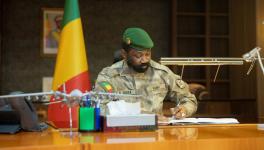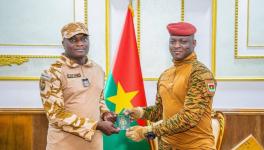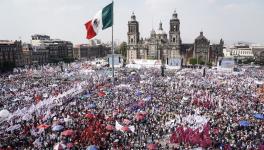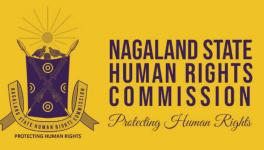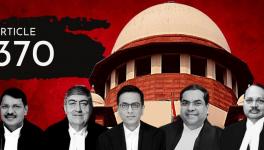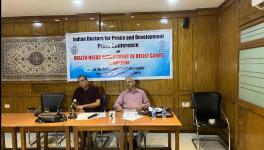Naga Talks: A Flag, Constitution and Shared Sovereignty
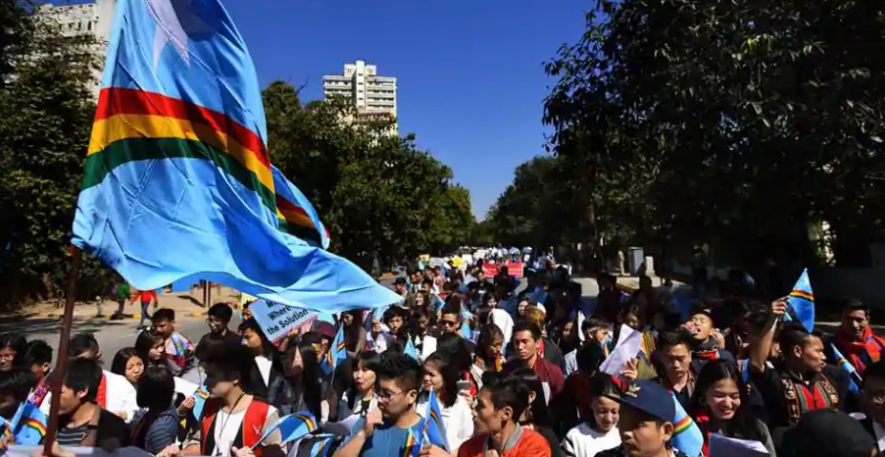
Image Coutesy: Hindustan Times
Following the cold shoulder he received from the Naga Hoho, Naga Students Federation and the Naga Mothers Association, RN Ravi shed light on the alleged delay in the Naga peace process through an interview with the Nagaland Post. According to the interview, the substantive issues – sovereignty and integration – have already been dealt with, and that only the symbolic issues of a flag and a pan-Naga Yehzabo (Constitution) are the stumbling blocks. He further asserted that ‘pragmatic flexibility’ on the part of the Naga leaders regarding these issues is required if a final agreement is to be inked. However, the general secretary of the National Socialist Council of Nagaland (Isak Muivah), Thuingaleng Muivah reportedly told News18 that the cause of delay lies with the government of India. One cannot help but be skeptical when both the sides indulge in a public blame game while private negotiations are underway.
Also Read | Naga Organisations Give RN Ravi a Cold Shoulder
The Naga associations who boycotted Ravi’s visit and scheduled meetings on February 26 and 27, all accused the government of India of being insincere vis-à-vis the peace process. In his interview, Ravi did not criticise the organisations for boycotting his visit. Instead, he expressed that he understood their frustration with the pace of the negotiations. This would indicate that while he blames the Naga National Political Groups (NNPGs) and the NSCN(IM) for the delay, he does not wish to attract the ire of the Naga civil society. He also mentioned that the talks will not be affected by elections as several governments have come and gone since the process began in 1997. Adding to this, he reiterated that as the substantive issues have been agreed upon, any government can sign the final agreement once the symbolic issues are dealt with.
Also Read | Indo-Naga Talks: The Difficult Road to Peace
Both sovereignty and integration have been old sore points. The undivided NSCN was formed specifically due to a perception that the principle of Naga sovereignty had been violated by the Naga parties to the Shillong Accord in 1975. In fact, the Shillong Accord was the first attempt at negotiating a settlement. Sadly, internecine conflict weakened the negotiating parties and a renewed cycle of Indo-Naga armed conflict began. Ravi also mentioned a political economy of extortion and smuggling – comprising of underground elements and overground workers – that has thrived following start of negotiations in 1997. It needs to be seen whether the elusive final agreement will find a way to dismantle this shadow economy. Further, the spoilsport across the border, the Yung Aung faction of the National Socialist Council of Nagaland (Khaplang) (NSCN(K)) may seek to exploit disillusioned demobilised NSCN(IM) cadre. The Khango Konyak faction of the NSCN(K) joined the talks on January 19 this year after Konyak was ousted from his position as chairman through an alleged coup in August last year. The Yung Aung faction at present does not seem interested in entering any talks with the government of India.
Also Read | Home Ministry Bestows More Power to Assam Rifles in Northeast
Regarding the integration of Naga inhabited areas, it was obvious from the start that this is a taboo topic. Though the NSCN(IM) has been publicly adamant on it, the only areas that around 50 years could have been included without backlash would have been those in the easternmost part of Arunachal Pradesh. Now, all three states with Naga populations – Arunachal Pradesh, Assam and Manipur – have gained significant territorial consciousness to provoke civil unrest if the topic is ever raised.
Also Read | Nothing to Show: Three Years of the Framework Agreement
At present, both sides have agreed on ‘shared sovereignty’, this is once again a tricky term, much like ‘suzerainty’, which is open to multiple interpretations in international law. It is unclear what the contours of this shared sovereignty will entail. It is equally unclear whether it has even been defined. In this regard, the important question is whether through shared sovereignty, a distinct international legal personality will be created, similar to Palestine. If this is the case, how will disputes on the basis of the agreement be resolved? In the Supreme Court of India? Or in the International Court of Justice? If the former, then it would be clear that the NSCN(IM) and the NNPGs have accepted the Indian Constitution.
This is where the so called ‘symbolic issues’ of a flag and Yehzabo enter the picture. From what Ravi told the Nagaland Post, the government of India intends for the Yehzabo to deal with purely cultural issues. If this were to be accepted by the Naga leaders, then a flag would be granted as a tradeoff. That this has become a stumbling block after both sides have agreed on ‘shared sovereignty’, indicates that there are two differing interpretations of the term. It could lead one to believe that the Naga leadership is attempting to cement a Palestine-like status for the Naga homeland, while India is playing Israel. The question now is how long will Naga civil society remain patient?
Get the latest reports & analysis with people's perspective on Protests, movements & deep analytical videos, discussions of the current affairs in your Telegram app. Subscribe to NewsClick's Telegram channel & get Real-Time updates on stories, as they get published on our website.










